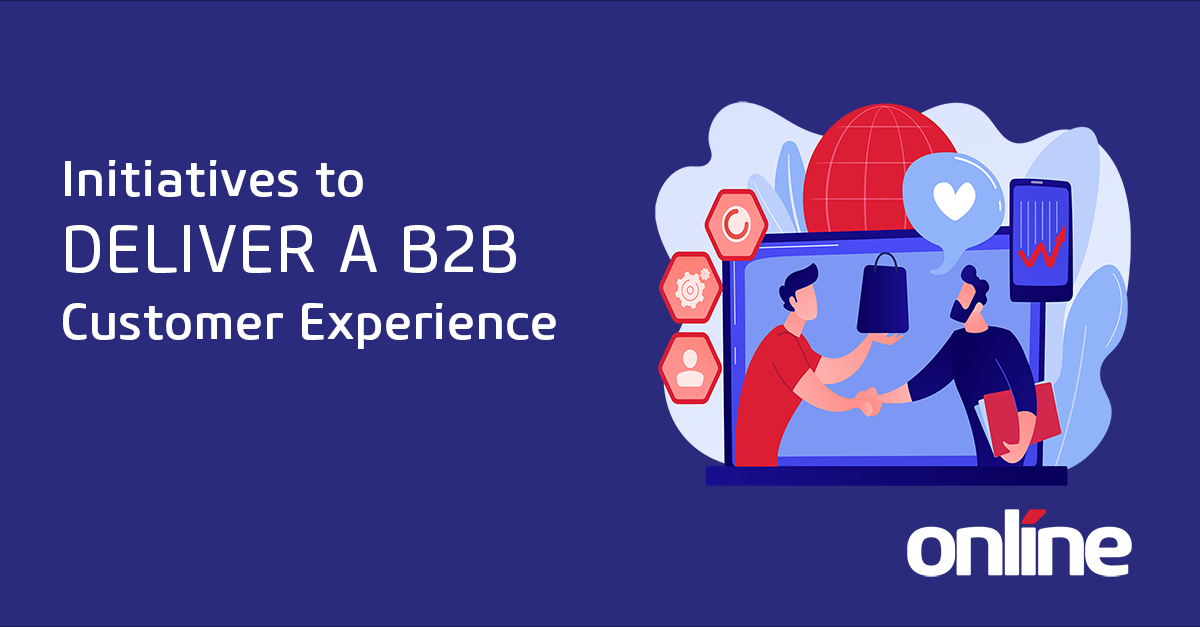
Roby Varkey
Roby Varkey is a UX designer and digital consultant specializing in creating seamless, user-centered experiences. With a strong focus on strategy, interaction design, and usability, he helps businesses enhance digital products, improve accessibility, and streamline workflows. His approach blends design thinking with problem-solving to deliver intuitive solutions that drive engagement and efficiency.
The New Reality of Business
Digital transformation isn’t just a buzzword; it’s the backbone of modern success. For SaaS companies, adapting to rapid technological evolution is no longer optional—it’s essential. Companies that resist change risk falling behind in a competitive market where innovation drives customer satisfaction and loyalty.
But transformation is hard. It’s a journey filled with challenges, opportunities, and innovation. Imagine creating systems that not only solve business challenges but also deliver meaningful, intuitive experiences for your team and customers.
What if every step of the journey prioritized the people who use the system while leveraging cutting-edge technology?
This isn’t just transformation—it’s reimagining what’s possible.
Learn more about our Custom Software Development Solutions.
Core Areas of Digital Transformation
Digital transformation touches every part of your SaaS company, but the most successful efforts focus on four critical areas:
- Process Transformation: Streamline operations to save time and reduce complexity. For instance, automating customer onboarding could drastically improve efficiency while freeing up resources.
- Business Model Transformation: Stay ahead by innovating your revenue streams, such as evolving from fixed subscriptions to usage-based pricing models tailored to customer needs.
- Domain Transformation: Expand what’s possible, like introducing predictive AI tools to complement your existing services.
- Cultural/Organizational Transformation: Inspire teams to embrace a culture of adaptability and innovation through hands-on involvement in shaping new tools and workflows.
A seamless balance between user needs and technology is vital. Start by understanding pain points—what frustrates your users today? Involve your team and customers in designing workflows to eliminate these roadblocks. For example, map out how users currently navigate your platform and identify unnecessary steps, then co-create solutions to simplify the experience.
Key Components and Pillars
Every transformation relies on three interconnected components: Technology, Processes, and People. In SaaS, putting equal weight on these ensures smoother transitions and higher adoption rates. Let’s dive into the five pillars driving transformation success:
- Customer Experience: Deliver more than software; create relationships. Test your platform regularly to understand how users interact with it and optimize based on their feedback.
- Operational Agility: Review your internal processes with user feedback to identify inefficiencies, enabling faster responses to market changes.
- Leadership and Culture: Bring teams together through workshops that align them with your digital vision, fostering collaboration and commitment.
- Workforce Enablement: Equip employees with tools they enjoy using by observing their current workflows and addressing gaps.
- Data Insights: Simplify decision-making by ensuring dashboards are clear and actionable for everyone, from executives to frontline users.
Through consistent feedback and iteration, SaaS companies can ensure these pillars deliver value at every stage.
Examples of Digital Solutions
Successful digital transformation involves designing tools and services that directly address user needs. Here’s how SaaS companies are leading the charge:
- AI-driven decision-making: Anticipate user needs, like flagging potential customer churn with automated notifications to your customer success team.
- Cloud-based collaboration tools: Help remote teams stay synchronized with intuitive dashboards and seamless file sharing.
- Predictive analytics: Empower teams to make data-backed decisions, such as identifying peak usage times to optimize server loads.
Start with prototypes that mimic these solutions and test them with users to ensure they solve real problems without unnecessary complexity. For example, a SaaS company might mock up a new feature and invite a small group of users to try it out, gathering insights to refine the experience.
Challenges and Solutions
Digital transformation is no small feat. Common hurdles like resistance to change or a lack of clear goals can derail even the best intentions. Studies reveal that 70% of transformations fail—so how can SaaS companies beat the odds?
- Common Pitfalls:
- Misalignment between technology and user workflows.
- Overlooking the importance of ongoing feedback.
- Lack of clarity in objectives or scope.
- How to Overcome Them:
- Involve users early and often to ensure their needs shape your solutions.
- Roll out small, testable features before committing to full-scale implementation.
- Set clear success metrics, whether that’s faster onboarding, higher engagement, or increased retention.
By focusing on collaboration and iteration, you can turn potential obstacles into opportunities for deeper user connection and smarter solutions.
Step-by-Step Guided Transformation
A successful digital transformation doesn’t happen overnight; it requires structured guidance. Here’s how Online Business Systems’ (OBS) services can support your SaaS company through a step-by-step transformation:
.png?width=711&height=133&name=Arrow%20(2).png)
- Strategy and Vision Development OBS works closely with you to define clear, actionable digital transformation goals. Through workshops and collaborative planning, they align your business objectives with customer needs, creating a strong foundation.
Service Example: Digital Advisory Services
How It Helps: Establishes a tailored strategy that aligns your SaaS offerings with market demands and prepares your leadership for the transformation journey. - Technology Integration Seamless technology integration is critical for success. OBS specializes in incorporating advanced technologies such as AI, machine learning, and cloud platforms to enhance efficiency and scalability.
Service Example: Systems Integration and Cloud Deployment
How It Helps: Ensures a smooth transition to new technologies with minimal disruption while maximizing operational capabilities. - User-Centered Product Development OBS prioritizes creating intuitive, customer-focused solutions. By involving end-users in the development process, they ensure that your SaaS tools are easy to use and deliver tangible value.
Service Example: Digital Studio and Custom Software Development
How It Helps: Develops products and interfaces that resonate with users, increasing adoption rates and customer satisfaction. - Ongoing Support and Optimization OBS doesn’t stop at implementation. They offer ongoing support to refine your solutions and ensure sustained growth.
Service Example: Managed Services and Change Management
How It Helps: Provides continuous optimization, knowledge transfer, and adaptability to meet evolving business needs.
Learn more about our Digital Product Solutions.
By following these structured steps, OBS ensures that your transformation journey is not only efficient but also deeply impactful for both your team and your customers. Imagine a SaaS company struggling with high churn rates due to an overwhelming interface. By inviting users to share their experiences and pinpoint areas of confusion, they discovered onboarding was a bottleneck. Simplifying the process with helpful tooltips and fewer steps led to a 35% boost in customer retention.
This transformation didn’t rely solely on technology—it succeeded because the company listened to its users and iterated based on real feedback. The result? A better product and happier customers.
The Role of Digital Transformation Consultants
Digital transformation consultants aren’t just strategists—they’re collaborators. They bring technical expertise and people-first approaches to ensure every solution is practical and meaningful.
For example, consultants work with teams to map out customer needs and then design solutions that align seamlessly with existing workflows. They simplify adoption by providing training and support that empowers employees to embrace new tools with confidence. In short, they bridge the gap between vision and execution, ensuring every step delivers tangible value.
Future of Digital Transformation
The future isn’t just digital—it’s human-centred. Emerging technologies like generative AI and blockchain hold incredible potential, but their success hinges on usability and trust.
Building trust means designing transparent and reliable systems. For instance, testing new tools with small groups of users can reveal how intuitive they are and uncover opportunities to improve before a wider rollout. Companies prioritizing this approach will lead the way in innovation without leaving their users behind.
Discover What’s Possible
Every transformation begins with a first step. If you’re ready to reimagine your SaaS business—whether by enhancing customer experiences, improving team efficiency, or launching game-changing features—we’re here to help. Let’s collaborate to create solutions that deliver measurable results and lasting impact. Get in touch with our team today and see how your future can start now.


%20from%20Onlines%20CTO%20.jpg)

Submit a Comment